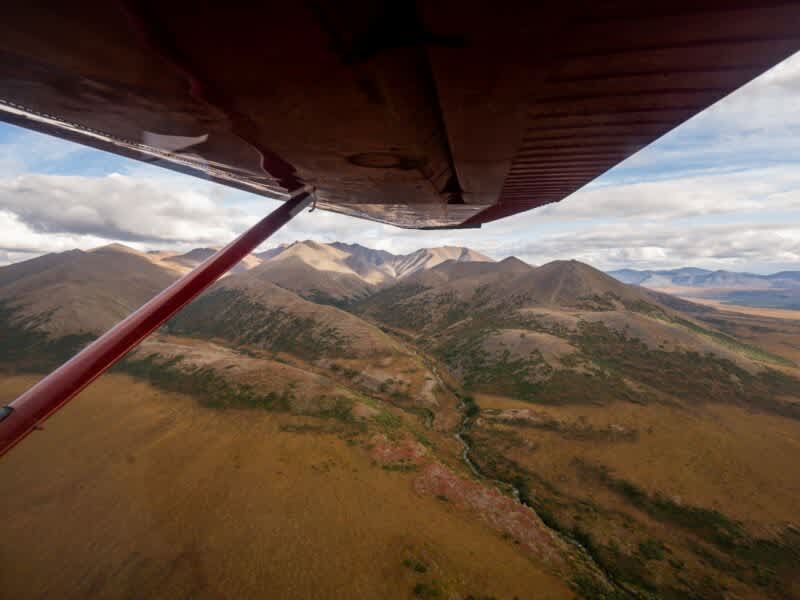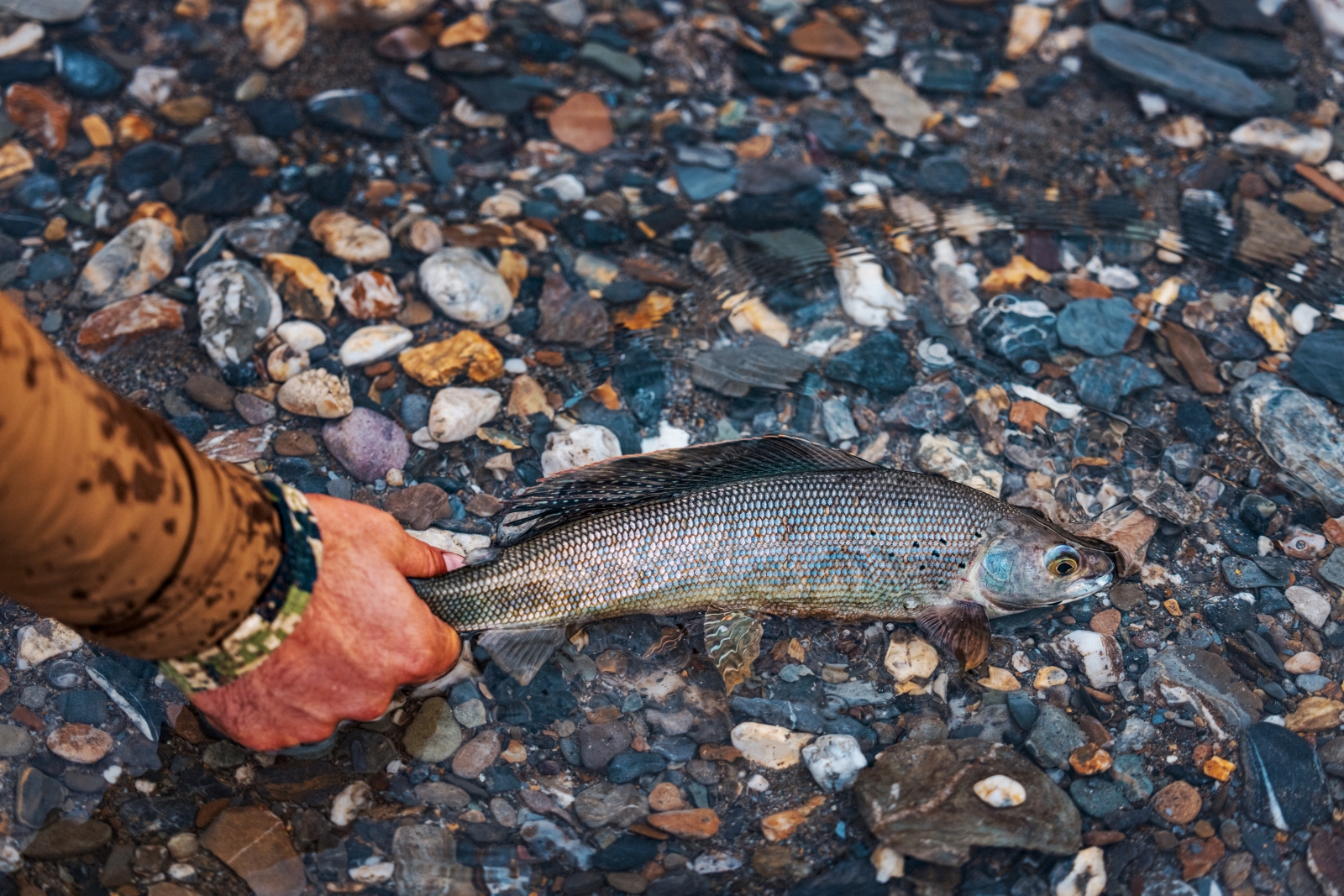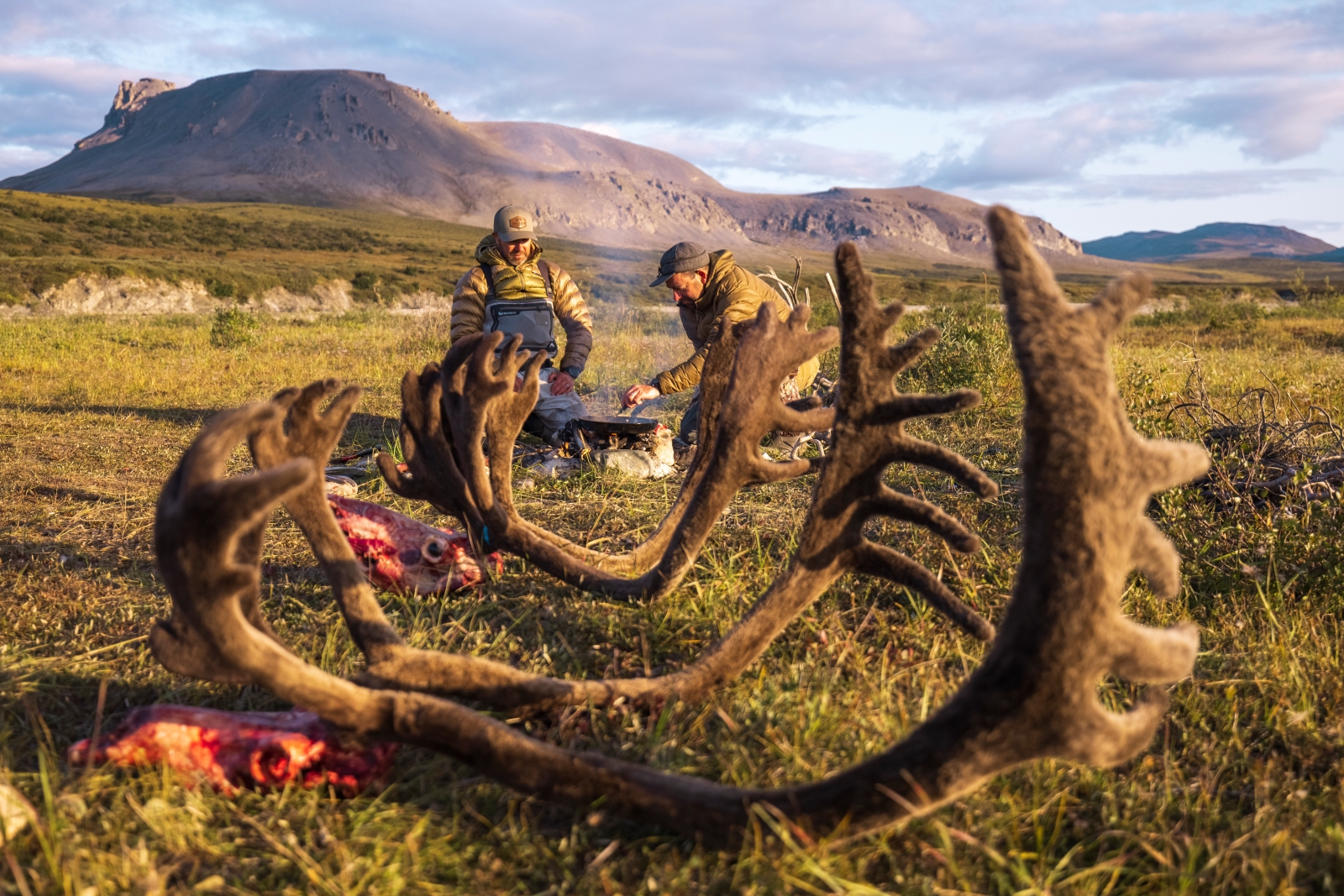
The Brooks Range is the northernmost mountain range in North America, located above the Arctic Circle it is one of the most isolated regions of Alaska. This vast region is one of the largest undeveloped areas left in the world and is home to some of Alaska’s best hunting and fishing opportunities. It is also under threat of irrevocable environmental impact to the Brooks Range by the proposed Ambler Industrial Road. A proposed 211-mile-long industrial corridor designed to help foreign-owned companies build at least four open-pit mines in the Brooks Range. This development would permanently alter and damage this wild area. But it’s not all bad news, a new campaign is in the works to protect the awe-inspiring Brooks Range. Led by the Hunters and Anglers for the Brooks Range and supported by 35 leading outdoor businesses, brands, and organizations, is committed to conserving some of the wildest and most remote hunting and fishing grounds left on the North American Continent.
“Even in Alaska, a state renowned for its world-class fishing opportunities, the Brooks Range stands apart,” said fly fishing guide Greg Halbach of Remote Waters in Anchorage, Alaska. Halbach’s small operation offers guided wilderness floats on the Kobuk River, one of the only places in North America to target sheefish—also known as ‘tarpon of the north’ or Inconnu.

The goal of the campaign is to urge the Bureau of Land Management(BLM) to deny the permit for this private industrial corridor. The most recent BLM Supplemental Environmental Impact Statement for the proposed Ambler Industrial Road details an even greater adverse impact on the fish, wildlife, and rural residents of the area than previously acknowledged. The agency is currently seeking public comments on the Ambler Industrial Road project through Dec. 19 and plans to make a final decision on the matter in 2024.
“The proposed mines are 211 miles from the nearest road and in some of Alaska’s best hunting and fishing grounds,” said Larry Bartlett, owner of Pristine Ventures, a hunt planning and gear manufacturing company in Fairbanks, Alaska. “The thought of a road crossing this landscape makes me question where the line exists between industry and politics. We have to agree to keep this place wild.”

The construction of the proposed Ambler industrial corridor would more than likely disrupt the migratory behavior of some species of big game. One of the largest caribou herds in Alaska, the Western Arctic Herd calls this area home, moving through it regularly every year. There would be negative effects on the waterways and fish as well. There are nearly 3,000 streams and 11 rivers that would potentially be blocked and polluted by the Ambler Industrial Road. To top it all off this 211-mile-long area used for the road would be off-limits to hunters and anglers.
“The risks of the proposed Ambler Industrial Road far outweigh any potential benefits,” said Jen Leahy, Alaska program manager for the Theodore Roosevelt Conservation Partnership. “The Bureau of Land Management will be hearing from our community, including Hunters and Anglers for the Brooks Range, about why the permit for the Ambler Road should be denied.”
For more information on the campaign or to help keep our wild spaces wild check out the huntfishbrooksrange.com


